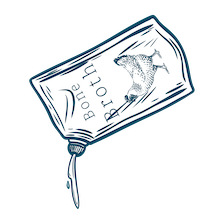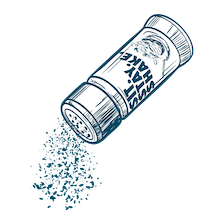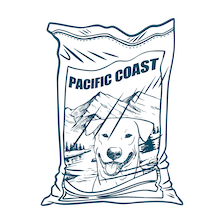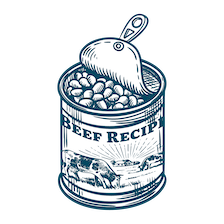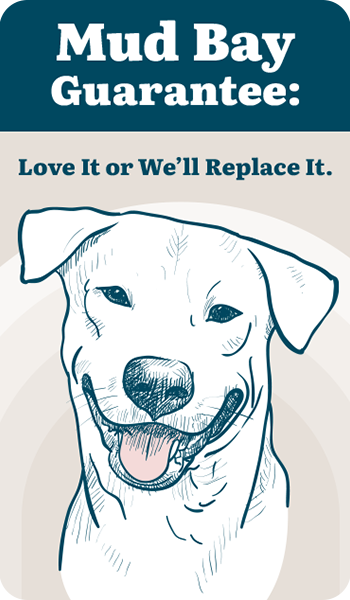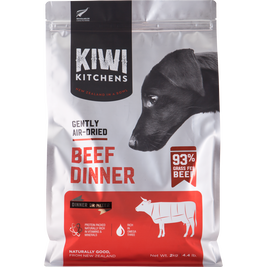Frequently Asked Questions
What are advantages to feeding dehydrated/air-dried food to my dog?
Removing the water from foods make them easy to store and transport, and all you need to do is add some water or bone broth to create a warm meal for your dog. Many dogs love this type of food, but dogs who are particular about texture may take longer to acclimate.
What kind of food should I feed my dog?
Choosing the right dog food supports your pet’s health. While all AAFCO-approved foods meet basic needs, higher-quality options with better proteins and moisture promote good health. Rotational feeding helps prevents sensitivities, and choices range from convenient kibble to less-processed wet, raw, or freeze-dried foods. The best option for your dog often depends on your pup's specific needs, available time to prepare meals, and your budget.
How should I acclimate my dog to a new diet?
Switching a dog’s diet gradually over a week helps prevent digestive issues. Supplements like prebiotics and enzymes aid sensitive dogs, especially when switching to raw food. Consider dry matter analysis, caloric content, and bioavailability to maintain weight. Address texture or taste preferences by warming food, mixing old and new, or adding toppers. Follow vet advice for immediate transitions, and consult a vet if issues persist.
How can diet affect a dog with allergies, food intolerances, and other itchy skin issues?
Food sensitivities in dogs can cause itching, redness, ear infections, or digestive issues. Identifying triggers often requires an elimination diet with novel proteins or limited-ingredient foods. Grain-free or raw diets, along with supplements like fatty acids and prebiotics, can help manage symptoms. Treats should match the diet to avoid exposure to triggers. Consult a vet for persistent problems.
.png)




